If there is one truly mystical place in India, one that defies all the laws of city life and keeps calling you back, one that holds countless hidden gems to explore on each visit - it's Himachal Pradesh. The abode of gods and the land of mountains, Himachal has tourists visiting year-round, each returning with wonderful stories.
The treacherous terrains and withering weather of this north Indian state challenge trekkers and hikers and in exchange, offer lifelong memories - of the deafening silence at the summit, of moments that make you reflect on life itself. One such trek, the Chandrakhani Pass, has been alluring travellers since time immemorial. This trek, rising to an impressive 3,660 meters, isn't just a physical journey - it's a passage through time, culture, and self-discovery.
The Trail Begins in Your Mind
- The Story of Chandrakhani Pass
- Journey Through the Time – A 4-Day Passage- Day 1,Day 2,Day 3,Day 4
- Different Ways to Trek Chandrakhani Pass
- Best Time to Visit Chandrakhani Pass
- Practical Tips for the Chandrakhani Pass Trek
- Mountains Ethics and Trekker’s Responsibility
- Beyond the Chandrakhani Pass Summit
The Trail Begins in Your Mind
They say the hardest step of any journey is the first one, but on the Chandrakhani trek, that step begins long before your boots touch the trail. The difficulty level of the Chandrakhani Pass trek might read as "moderate to challenging" on paper, but what does it really mean for an aspiring trekker like you?
Our body is an instrument that needs careful tuning, especially in adventure activities like trekking. As simple as two weeks of regular stair climbing, morning jogs, and even regular walking can make a difference between struggling and savouring each step on a planned trek. The distance to Chandrakhani Pass trek isn't just in kilometres; it's about how you choose to experience it. Some travellers rush through, just ticking off milestones, while others pause to notice how the mountain trails change, the light changes the colour of pine and rhododendrons trees on the way and the pacing and slowness of their breath.
If you plan a Himachal Tour Package, it's good to know that mountains teach us patience. The trek will test you, yes, but it will also reward your preparation with blissful moments that no camera can truly capture.
The Story of Chandrakhani Pass
From legends to the tales of the trade route, this ancient pass has been a silent witness to centuries of cultural exchange and spiritual journeys. The pass is believed to be the seat of meditation of one of the Saptarishis (7 seers of ancient India who are praised in the Vedas). Locals speak of how their ancestors used this route, carrying precious herbs, wool and local artefacts from Kullu to Malana Valley.
Journey Through the Time – A 4-day Passage
The trail to the Chandrakhani Pass starts from a village in Manali, Himachal Pradesh. To reach Manali, you can easily take the bus, air, train route or road services from all the major Indian cities.
Nearest Railway Station to Manali: Joginder Nagar Railway Station (161 km)
Nearest Airport to Manali: Bhuntar Airport, Kullu (50 km)
Day 1: Naggar to Rumsu (2.5 Km | 3-4 hours)
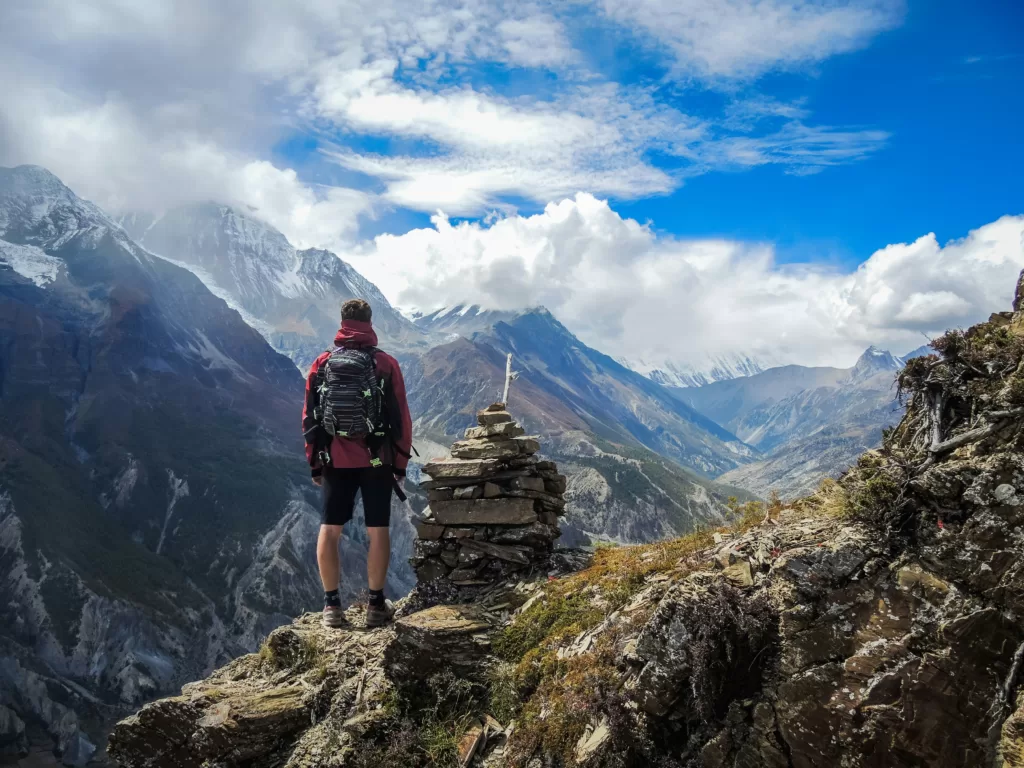
Your journey into the heart of the Chandrakhani Pass trek begins in Naggar, one of the most charming Himachal Pradesh tourist places, near Manali. The cobblestone paths and ancient temples here have witnessed centuries of travellers setting out with hope in their hearts. As you start the 4-kilometre ascent to Rumsu, each step takes you further from the modern world and closer to nature.
The trail here is generous with its lessons. You will learn to pace yourself, to find rhythm in your breathing, and to notice how the air gets crisper as you gain altitude. The Chandrakhani trek's first day is like an old friend – challenging enough to keep you alert, gentle enough to let you find your mountain legs.
Once you reach Rumsu, you can set up your camp or get it set up. This place is a popular base camp for the Chandrakhani Pass Trek. As your body is getting acclimatised to the higher altitude, spending an evening across the crackling bonfire and getting a much-needed rest overnight here will make up for the thrills of the next day.
Day 2: Rumsu to Shillu Pathhar (5 Km | 6-7 Hours)
Wake up to a fresh morning, and an early breakfast will set you right for the steep ahead. As you climb, you can find a spot worth millions for free to witness sunrise like never before. Beware, moments like these can etch in your happy memory forever. The Himalayan Monal, Himachal's state bird, may welcome you into the thick forest range.
These forests house an abundance of oak and pine trees, conifers and occasional alpine meadows. Besides taking a steep stroll in the aroma of these trees, you can expect breathtaking views of the Pir Panjal range, Dhauladar range, and glimpses of Parvati and Malana valley.
Stelling (2 Km) can be your pit stop after a hike. A further 2 km from Stelling will take you to Ghalkari, another popular campsite en route to the Chandrakhani Pass trek. You can set up your camp for the rest of the day in any of these two places. However, covering 5-6 Km from Rumsu is often recommended, which will take you to a small place called Shillu Pathar.
Day 3: Shillu Pathar to Chandrakhani Pass to Malana (10 Km | 8 Hours)
This is the day when the Chandrakhani Pass trek distance will reach its crescendo. Brace yourself to witness something surreal, something that words barely do justice to. But for that, you should start early, preferably before dawn. Not witnessing sunrise while trekking to Chandrakhani Pass is like a sin! As you torch your way over the frosted grass, you will understand why the best trekking to Chandrakhani Pass happens in these quiet hours. It will not be surprising if you bump into fellow trekkers this early.
From the Shilla Pathar, the trek climbs gently over grassy slopes to reach Paror (2 Km), a sacred place for the locals of Rumsu and Malana. From there, you gently climb 3 Km to reach Chandrakhani Dhar (ridge). Stop here to experience some splendid views of snow-covered mountains and look at the settlements through wide valleys on both sides of the ridge. One can also take a short hike to reach the top of the ridge and soak in the best 360-degree views. When you reach the top, you'll understand what makes this simple mountain pass so special.
It's time to make a move and bid goodbye to the Chandrakhani Pass. You can either return to the trail you've pursued or head south to descend via Pulag, Malana, and Jari.
Malana, a village lost in time, operates under a set of rules for visitors. Outsiders are expected to adhere to defined pathways within the village. Access to temples is restricted, and touching temple structures is strictly prohibited. Violations can result in fines, and warning signs are also displayed in many areas. That said, the raw beauty of Malana still wins the award of the most picturesque village in the state of Himachal Pradesh. It is best to rest close to the village of Malana at one of the handful of guesthouses there.
Day 4: Malana to Kasol via Jari (20 Km | 6-7 Hours)
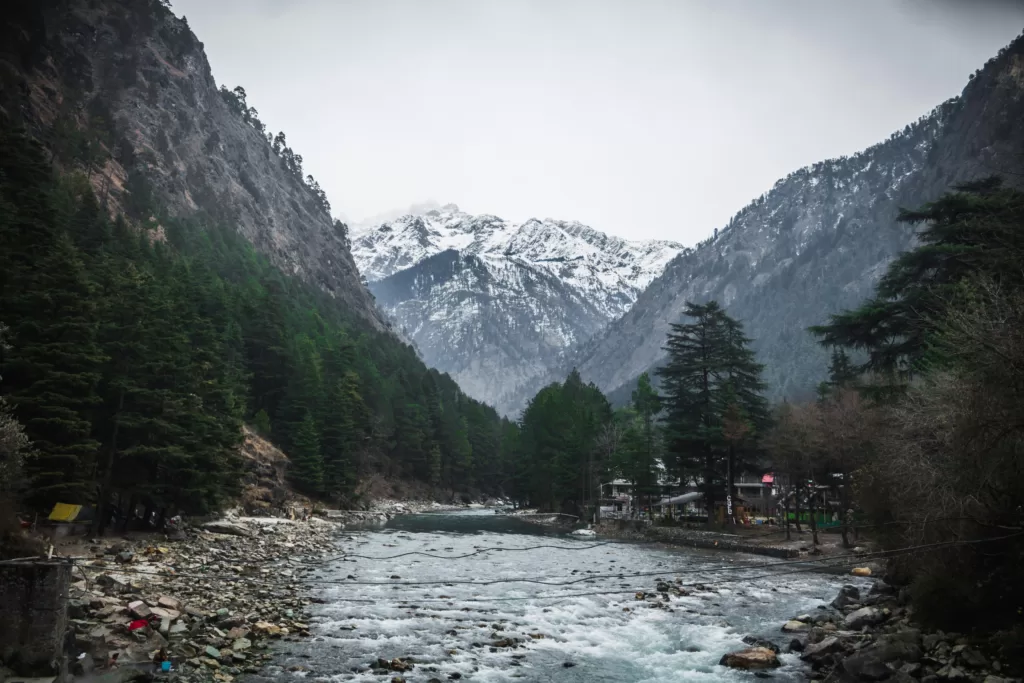
Start at your convenience to reach Kasol via Jari through an easy and defined descent.
Different Ways to Trek Chandrakhani Pass
There's more than one way to experience this trek - choose what works best for you. Here are some options:
- You can take a local jeep to Rumsu from Naggar, which climbs gradually through thick forest.
- You can end your Day 1 at Stelling if you reach Rumsu early and feel energetic enough.
- You can also choose to camp at Naya Thapru, 4 Km ahead of Rumsu, on Day 2.
- There are a lot of homestay options available throughout the trek if you wish to stay at one instead of putting up a camp.
- You can also take the alternate route for trekking to Chandrakhani Pass: Kasol > Jari > Malana > Pulag > Chandrakhani Pass > Shilla Pathhar > Rumsu > Naggar > Manal
Best Time to Visit the Chandrakhani Pass Trek
September-October is the best time to embark on Chandrakhani Pass trekking when the skies are clear and the air is crisp. The rainy season (June-September) undoubtedly is riskier due to wet soil challenges in ascending and descending. Trekking at snow time (December-January) can be the most mesmerising, albeit effortful, even for the seasoned trekkers.
Practical Tips for the Chandrakhani Pass Trek
Essential Gear
- Sturdy trekking boots
- Warm layers (thermal wear, fleece, down jacket)
- Rain protection
- Trekking poles
- Headlamp with extra batteries
Backpack Essentials
- Keep your backpack light, not more than 15% of your body weight
- Basic consumables are available throughout
- First-aid kit
- One water bottle
- Energy bars/chocolates and dry fruits
Local Wisdom
- Local guides aren't just pathfinders – they're the real storytellers, weather-readers and keepers of mountain wisdom
- Every break is a chance to turn around and see how far you've come, literally and metaphorically
- Respect local customs, especially in traditional villages like Malana
Mountain Ethics and Trekker’s Responsibility
Mountains have their language, spoken in the form of wind patterns and cloud formations. Every trek through a mountain trail teaches us to listen. When you notice a plastic bottle or an empty wrapper on the trail and pick it up, you are not just cleaning – you are speaking back to the mountains in the form of respect and care.
Beyond the Chandrakhani Pass Summit
If you were to measure the true value of your Chandrakhani Pass trek in Himachal Pradesh, it would not be in the photos you take but in the moments you pause and reflect. Long after you've returned to your place, you will find yourself remembering the mountain winds, nature's trails and starlit camps. You will remember the magnanimous moment of looking down from 12,008 feet at the human settlements at the foothills and realise why humans have always been drawn to the heights. Because the best journeys, like this one through Chandrakhani Pass, don't just take you through the mountains – they let the mountains pass through you.






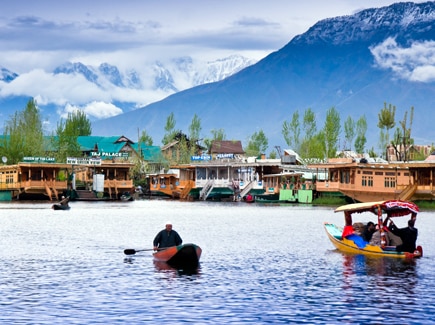
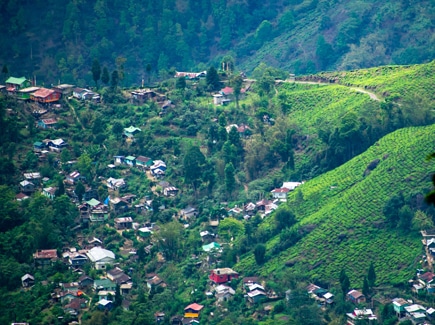
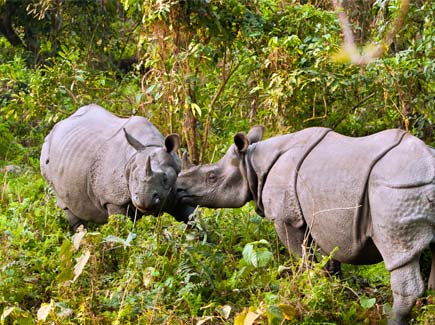
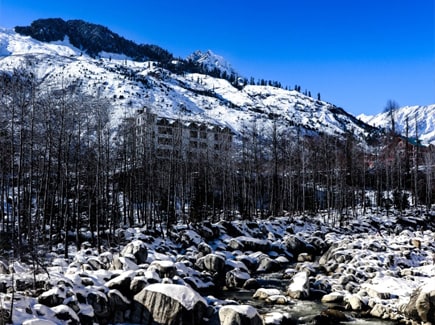
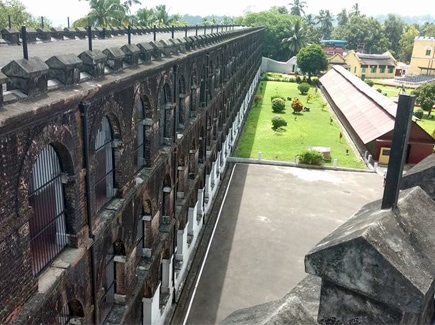
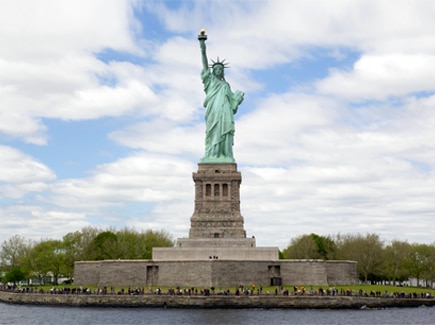
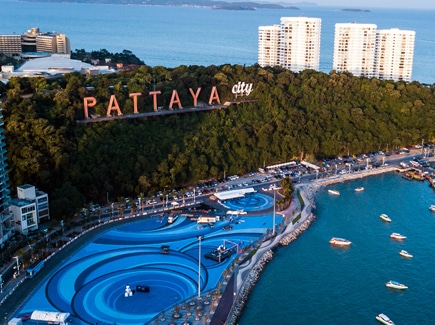
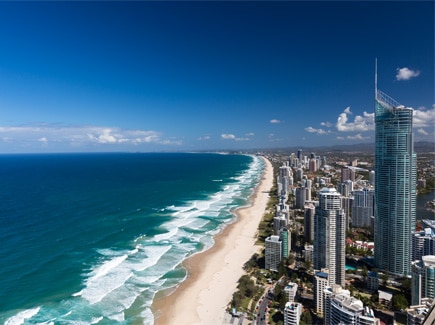
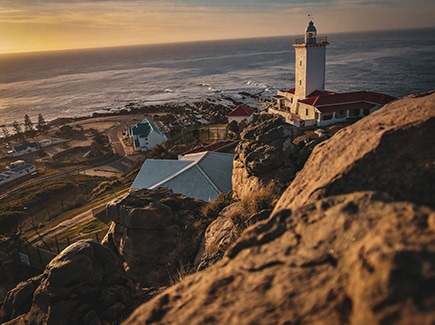









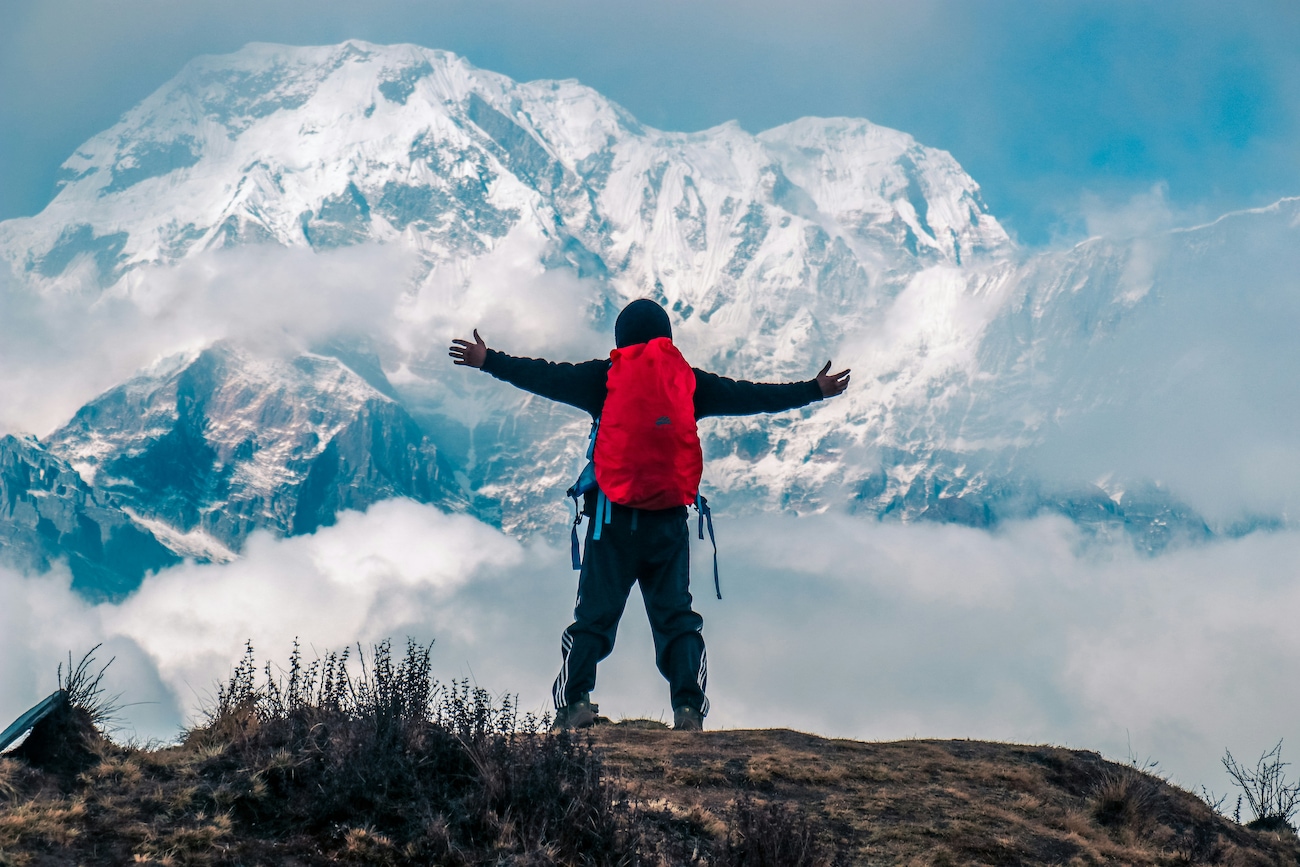





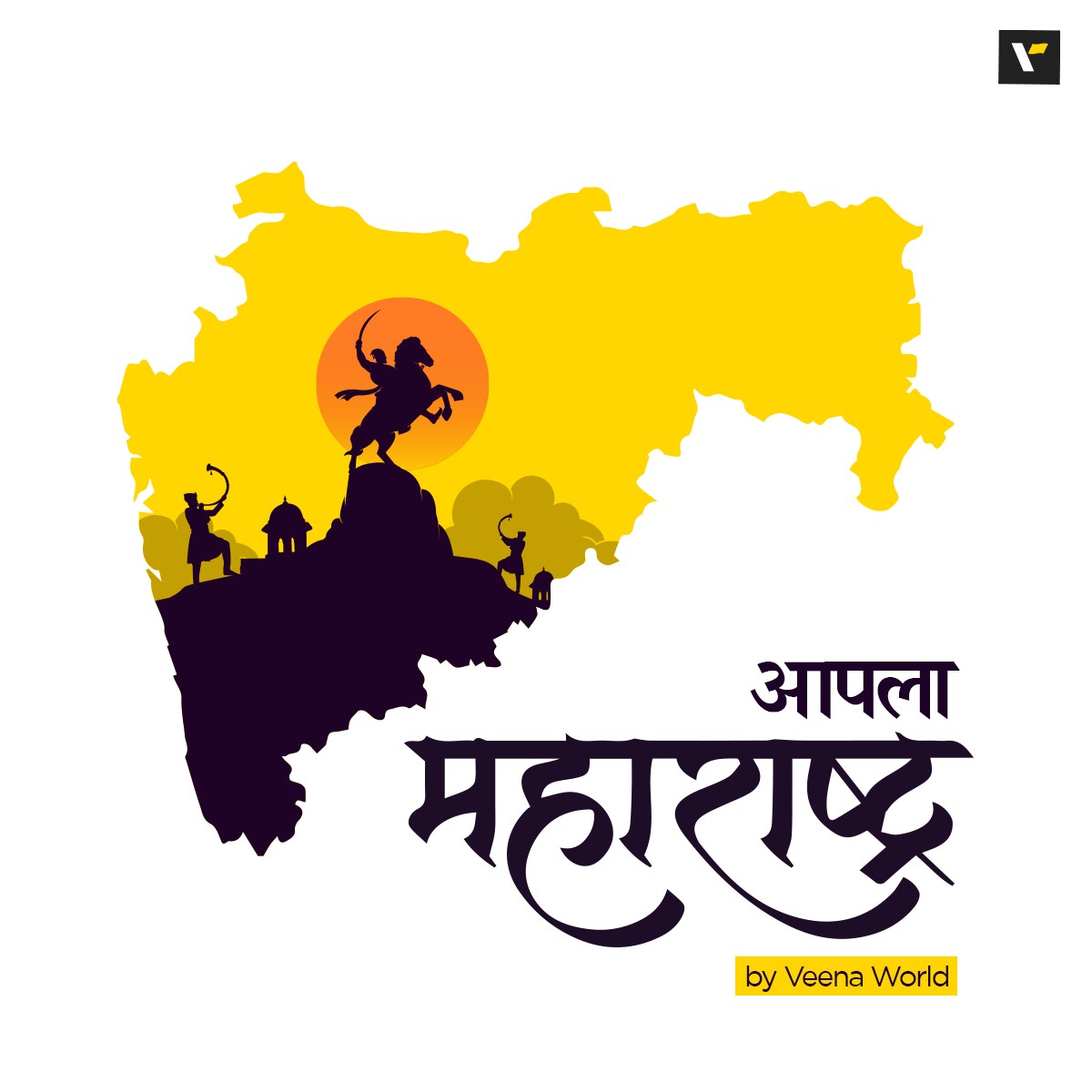













Post your Comment
Please let us know your thoughts on this story by leaving a comment.